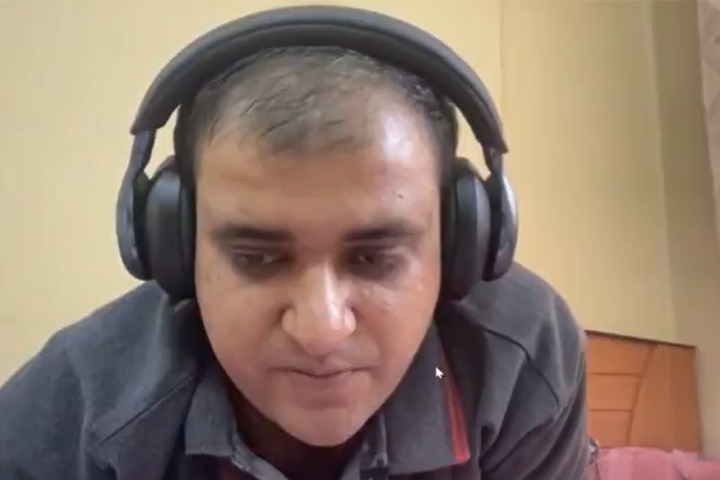The recent suicide of Bengaluru-based techie Atul Subhash has reignited discussions about the emotional and financial toll of divorce and the legal frameworks surrounding alimony in India. In response, the Supreme Court has emphasised the need for clarity in determining alimony, listing eight critical factors to guide future judgments.
A Tragic Case of Mental Strain
Atul Subhash, a software engineer, tragically ended his life amidst ongoing marital and financial disputes. His death has cast a spotlight on the deep psychological distress that can accompany divorce proceedings, particularly when financial obligations are contested. Subhash’s case exemplifies how unresolved conflicts over alimony can lead to severe consequences for those involved.
This incident has spurred a larger conversation about balancing fairness and compassion in divorce laws, with the judiciary stepping in to streamline the decision-making process for spousal support.
The Supreme Court’s Eight Factors for Alimony Determination
To ensure consistency and fairness in alimony awards, the Supreme Court has laid out eight key considerations:
- Duration of the Marriage: Longer marriages typically result in higher alimony awards to reflect the financial dependence built over time.
- Financial Status of Both Parties: The earning capacities, assets, and liabilities of both the petitioner and respondent are evaluated.
- Health and Age of the Spouses: Older or unwell spouses who may struggle to earn are given priority.
- Children and Custodial Responsibilities: If one partner has custody of the children, their financial burden is factored in.
- Standard of Living: The alimony aims to maintain a comparable standard of living for the dependent spouse.
- Contributions to Household and Career Sacrifices: Non-financial contributions, such as homemaking or supporting the other spouse’s career, are recognized.
- Behaviour and Conduct: Cases involving infidelity or abuse may influence the award.
- Other Relevant Circumstances: Unique aspects of the case, such as pre-existing agreements or exceptional hardships, are considered.
Towards a More Balanced Approach
These guidelines aim to bring transparency and fairness to what has often been a subjective process. By addressing factors such as age, health, and career sacrifices, the judiciary seeks to mitigate the potential misuse of alimony provisions while safeguarding the interests of vulnerable parties.
A Call for Broader Support Systems
While these legal measures are a step forward, Atul Subhash’s case underscores the urgent need for broader mental health support and conflict resolution mechanisms in divorce cases. Counselling services, both for couples and individuals, should be prioritized to reduce the emotional toll of marital disputes.
Moreover, public awareness campaigns can help dispel myths about alimony and promote a better understanding of legal processes.
Atul Subhash’s tragic death serves as a sombre reminder of the far-reaching consequences of unresolved marital disputes. The Supreme Court’s efforts to codify alimony determinations are a critical step toward reducing ambiguity and promoting fairness. However, systemic reforms addressing emotional and psychological support are equally vital to prevent such tragedies in the future.

